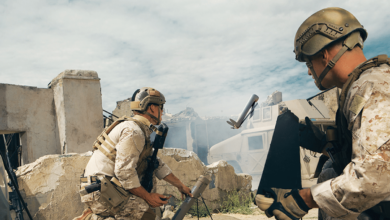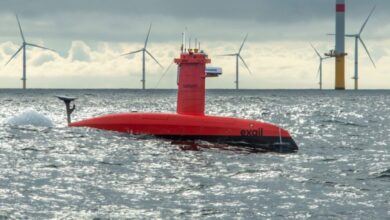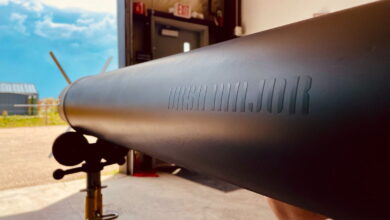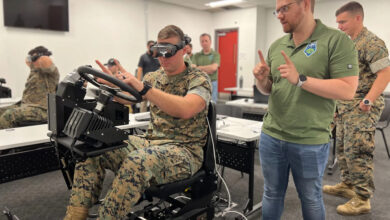US Army Showcases Cold Spray to Repair Material Corrosion
The US Army has demonstrated its cold spray technology, a 3D printing-like approach to mitigate corrosion in materials, at Letterkenny Army Depot (LEAD) in Chambersburg, Pennsylvania.
Although the technique has existed for over two decades, new advancements has provided the depot with efficient timelines and cost savings.
Among the cold spray’s notable employment was a repair on a HIMARS roof, which saved LEAD more than a year of work and $750,000.
“Unlike other additive manufacturing technologies that are used to make parts, cold spray is used to repair many different materials. We’re focusing on several aluminum alloys and a high-hard steel repair,” LEAD Production Engineer Ashley Filling explained.
Deployable Repair Solution
Experts operated the solution through robotic and mobile applications to validate its extended capabilities.

“We are getting a robot on capital investment for 2025. Right now, we do all hand spray, but we want to upgrade,” Filling stated.
“We’re working with the Army Research Lab and Penn State to advance more repairs at Letterkenny. We’re working with Penn State on some different alloys. Army Research Lab is working on weldable cold spray repair for us.”
‘A Huge Win’
“[Cold spray] started with an idea, and it has grown into a viable solution for the DOD to help us keep our aging weapon systems in the fight longer,” US Army Research Lab Northeast Additive Manufacturing Lead Michael Nicholas said.
“Being able to provide a deployable capability, to make repairs in the field when the damage first starts as opposed to waiting until they get back to the depot, will be a huge win,” Filling emphasized.












